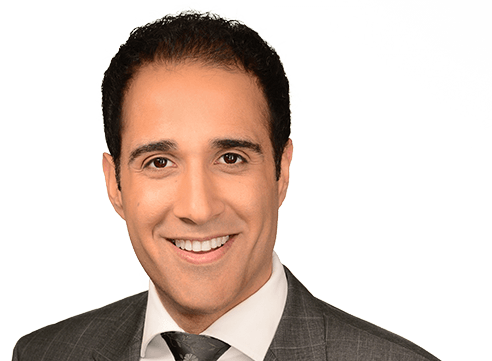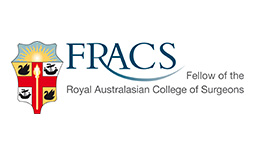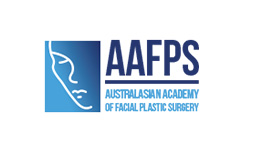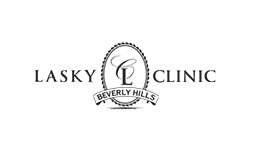While the nose is essential for creating our overall facial profile, it is first and foremost responsible for managing the air we breathe. Often the function of the nose can become damaged due to its shape, ultimately affect your breathing, sleeping and overall quality of life. Dr. Choroomi’s extensive expertise and experience in both ENT and facial plastic surgery make him uniquely qualified to resolve any functional needs resulting from the shape of your nose.
Functional rhinoplasty
Common Reasons to have Functional Rhinoplasty:
- Crooked nose, blocking proper airflow
- Warped or collapsed nostrils
- Trauma to your nose
- Inability to breathe, particularly at night
- Weakened cartilage due to age or previous surgeries
What is the difference between Cosmetic Rhinoplasty and Functional Rhinoplasty?
Rhinoplasty is both a cosmetic and functional procedure. The motivation behind the procedure typically sets the two apart.
- Cosmetic rhinoplasty is the desire to change the look of your nose.
When rhinoplasty is performed to improve the size and shape of the nose, it may disrupt the ability to breath properly if functional aspects of the nasal structure are not addressed and corrected.
- Functional Rhinoplasty is the desire to improve breathing.
To improve breathing, the shape of your nose may need to be straightened or strengthened to allow proper airflow.
Am I a candidate for Functional Rhinoplasty?
During your initial consultation, Dr Choroomi will assess your natural breathing and use an endoscopic camera to examine inside your nose. Photography and digital imaging will be performed to show what cosmetic changes may occur as a result of improved breathing.
You will have the opportunity to discuss:
- Why you desire functional rhinoplasty, including expectations and desired outcomes.
- Medical conditions, drug allergies, and medical treatments.
- Family medical history.
- Use of current medications, vitamins, and herbal supplements.
Based on your discussion and his assessment, Dr Choroomi can determine if functional rhinoplasty is right for you. Your facial anatomy is unique therefor surgical treatment will be individually customized to match your functional needs and aesthetic desire. Specific questions regarding surgical procedure, recovery risks, and results will be discussed in detail at your consultation to ensure that you are fully informed and comfortable with your surgical plan.
Functional Rhinoplasty Procedure
The goal of Functional Rhinoplasty is to correct specific issues that are negatively affecting your breathing.
Dr Choroomi performs functional rhinoplasty under general anesthetics, the length of the procedure can vary anywhere between 2-3 hours. An “open” rhinoplasty technique is used for functional rhinoplasty, a small incision is placed across the nostrils and the tissue is lifted. Endoscopic cameras may be used to safely navigate around your anatomy.
Depending on your condition one or more of the following procedures may be performed:
- Deviated Septum surgery. The nasal septum (the cartilage separating your nostril) is often bent or warped, resulting in resistant airflow. Dr Choroomi uses specialized instruments to straighten and remove any deviated segments of bone and cartilage.
- Turbinate Reduction. The nasal turbinates (air filters that sit on the sidewall of the nose) often become inflamed due to allergies. Dr Choroomi may reduce the size of the turbinates making it easier to breath.
- Cosmetic Rhinoplasty. Shaving and refining techniques may be used to remove or reshape excess cartilage or bone in the nose to improve breathing. In more complicated cases where extra support is needed to prevent nasal collapsing, cartilage from your own septum, ear, rib or temple may be used. The cartilage is harvested, carved and contoured to create a smooth, natural structure for an aesthetically pleasing look.
When the procedure is complete the incision is meticulously closed with small sutures. A cast is placed on the nose to support the bone during healing. Splints may also be placed inside the nose to support the nasal cavities. A gauze dressing is placed under your nose, like a mustache, to capture any mild oozing. If cartilage is removed from other parts of the body, gauze will be sutured into the wound.
Recovery After Functional Rhinoplasty
After functional rhinoplasty pain should be very minimal but you can typically expect:
- Congestion for a few days.
- Swelling of the nose.
- Bruising around the eyes and nose, relative to any work done on the nasal bone.
Your splints, cast and sutures will be removed 7 days after your operation. Physical activity must be reduced for 2 weeks to keep swelling at a minimum. You will see minor results and have breathing improvement after the swelling subsides, typically 2 weeks.
If there were any cosmetic changes made to your nose, it will take a full year for all swelling to subside. After 12 months you will be able to fully appreciate the aesthetic beauty of your nose.
Functional Rhinoplasty is often performed in combination with other surgical procedures such as:
- Cosmetic rhinoplasty can be performed with functional rhinoplasty if you have any cosmetic issue you would like addressed.
- A deep plane face lift is often done in combination with rhinoplasty to restore shape, balance and definition to a face affected by age and gravity.
- Eyelid surgery is performed to address aged eyelids characterized by excess drooping skin, wrinkles and puffy under eye bags. It may involve the upper eyelids, lower eyelids, or both.
- Brow Lift surgery can be combined with a rhinoplasty to correct sagging skin of the forehead, upper eyelids and eyebrows.
- Neck Lift surgery can restore shape, balance and definition to a neck that has been affected by age and gravity.
- Facial Implants. Chin Implants are often recommended to balance out facial proportions.
- Lip Lifting surgery can permanently increase the fullness of your lips resulting in a beautiful, youthful appearance.
- Sinus Surgery is performed in combination with rhinoplasty to relieve any pain or pressure associated with sinusitis.









